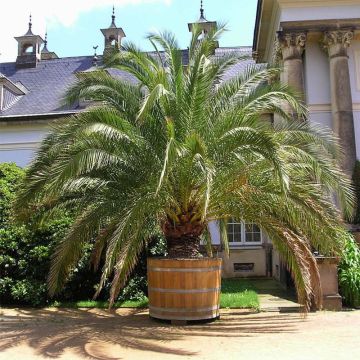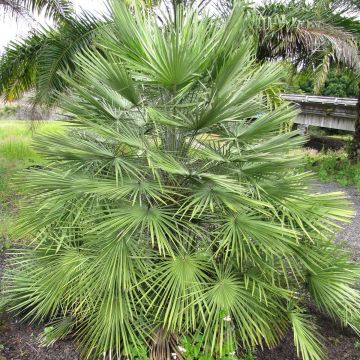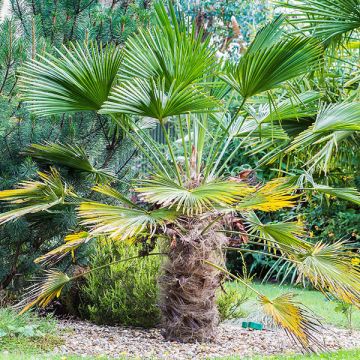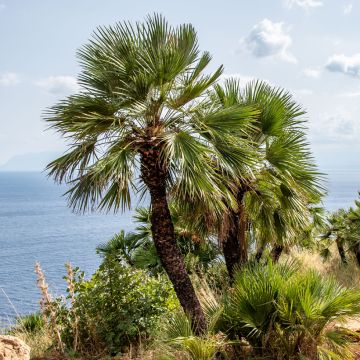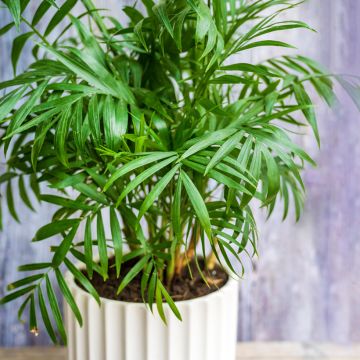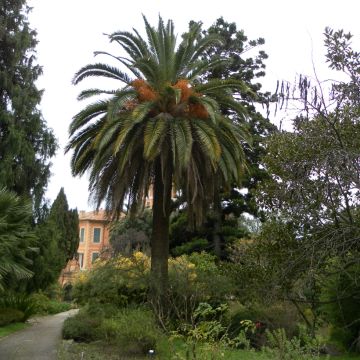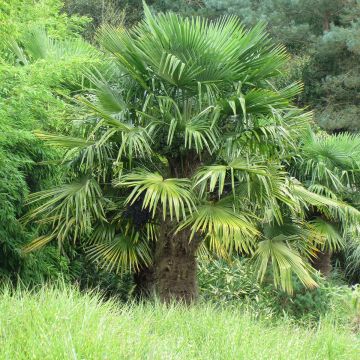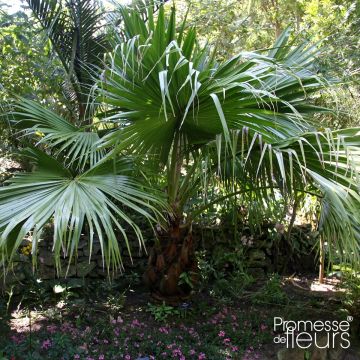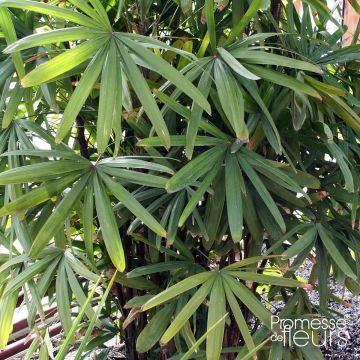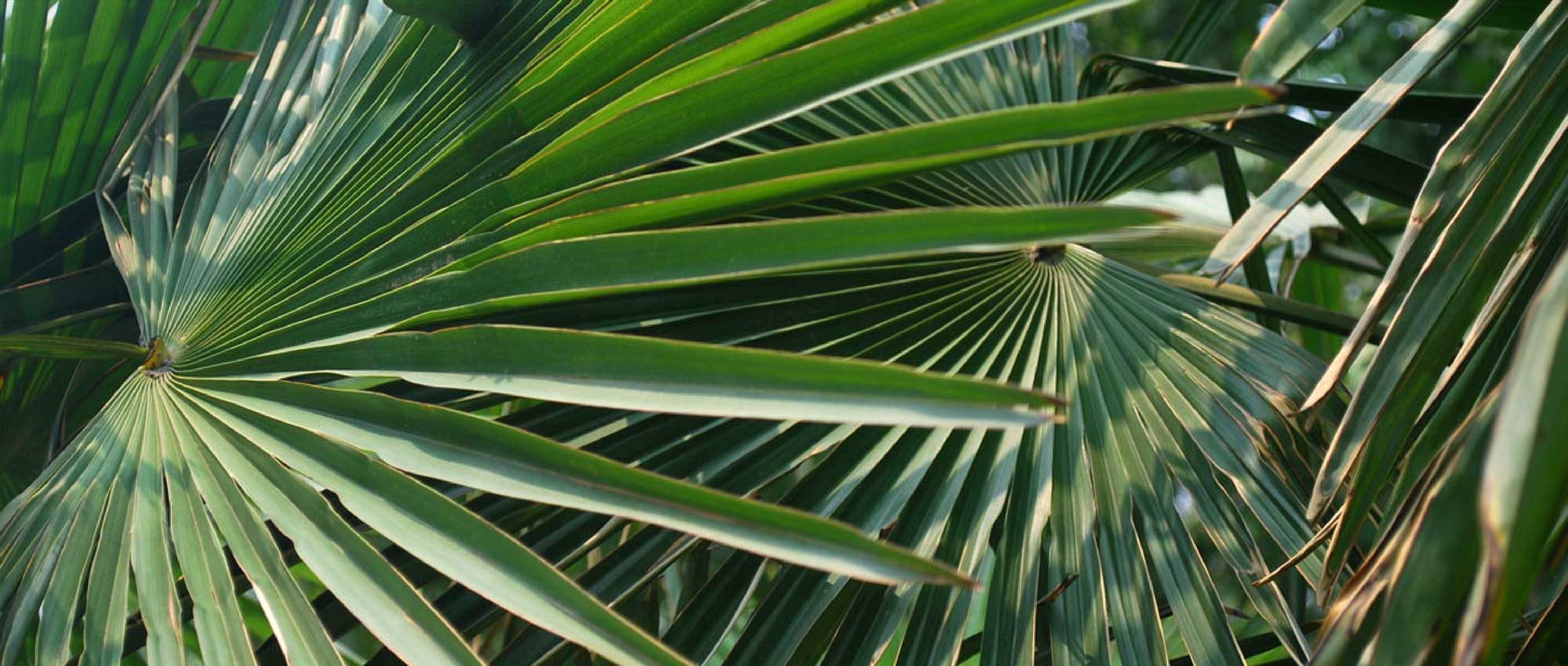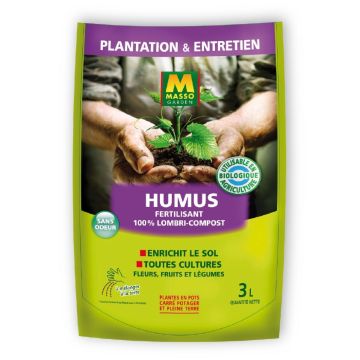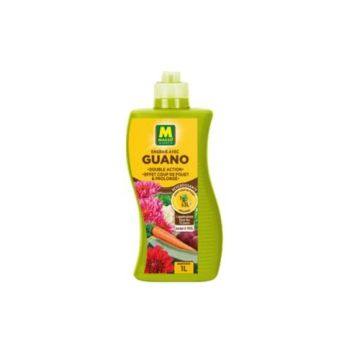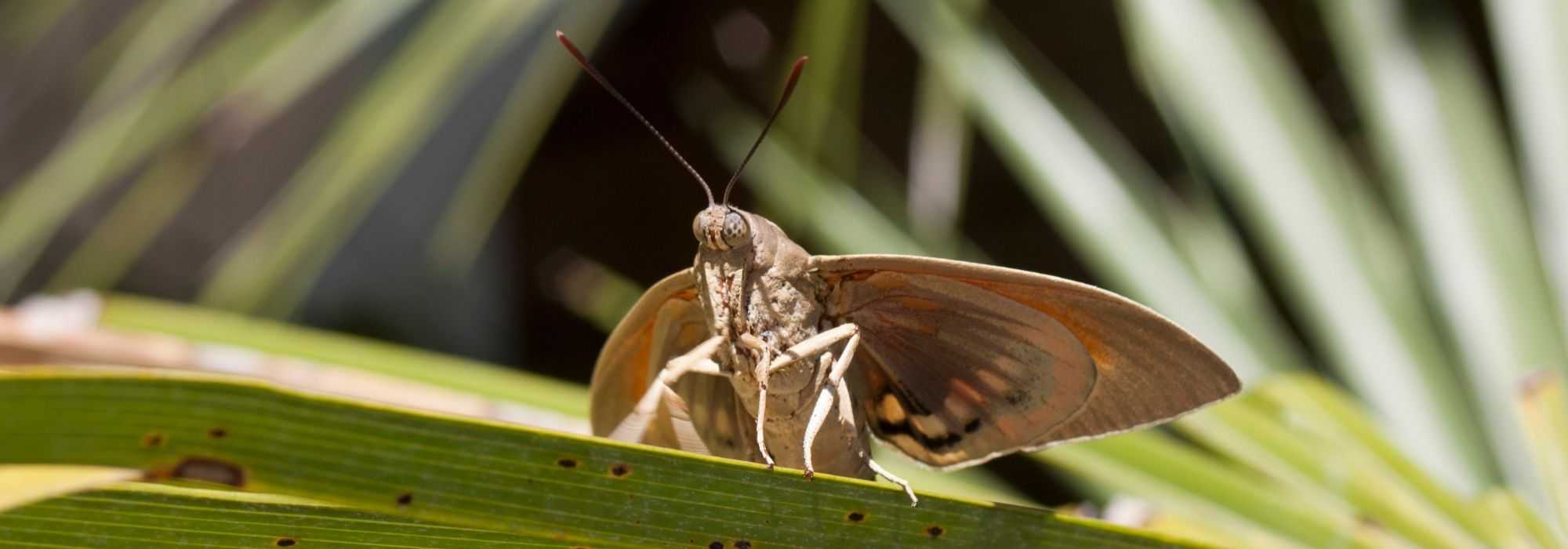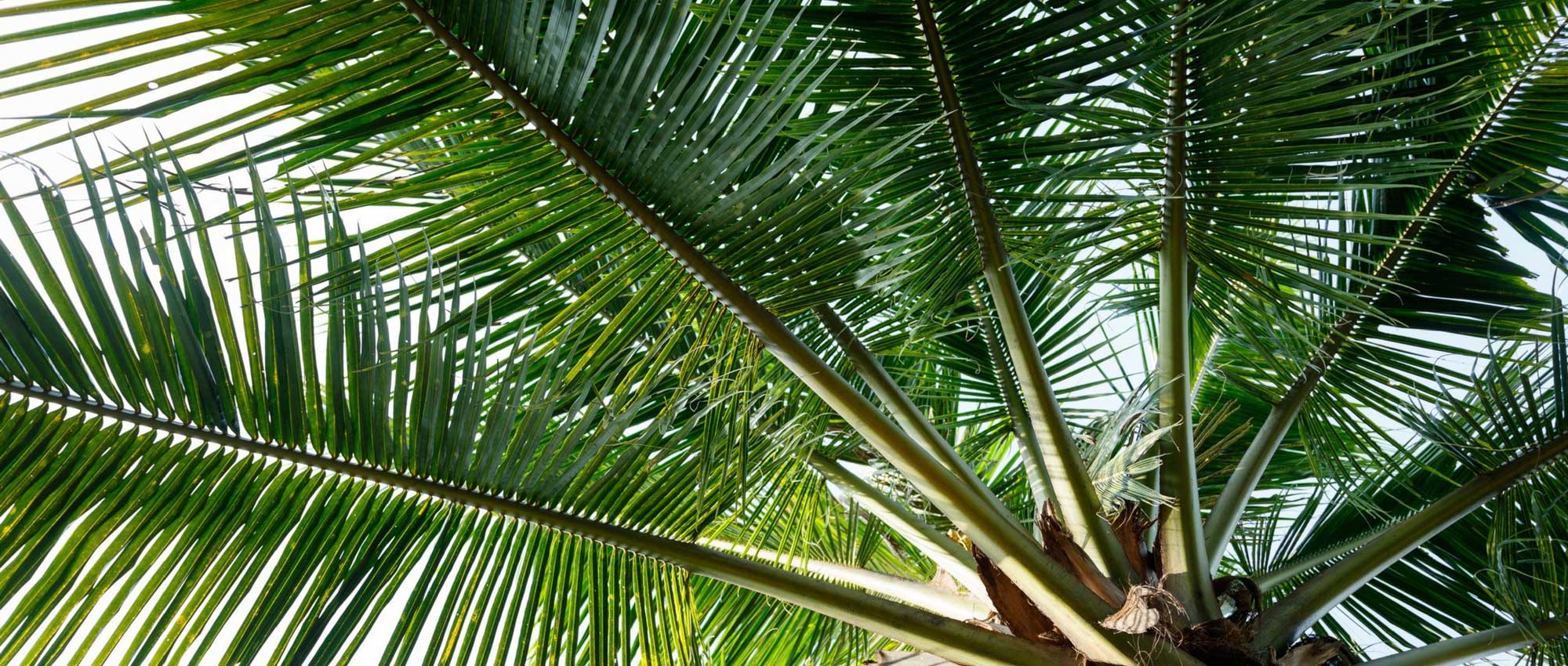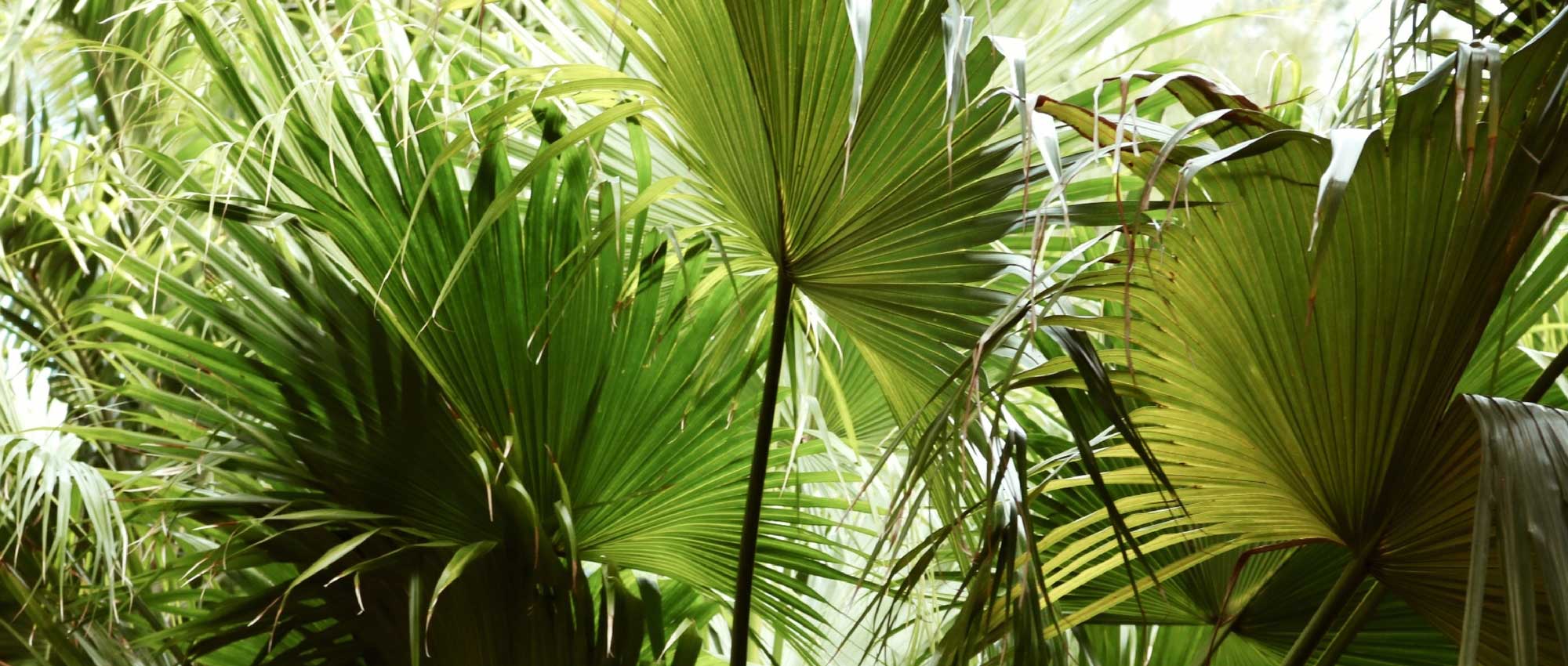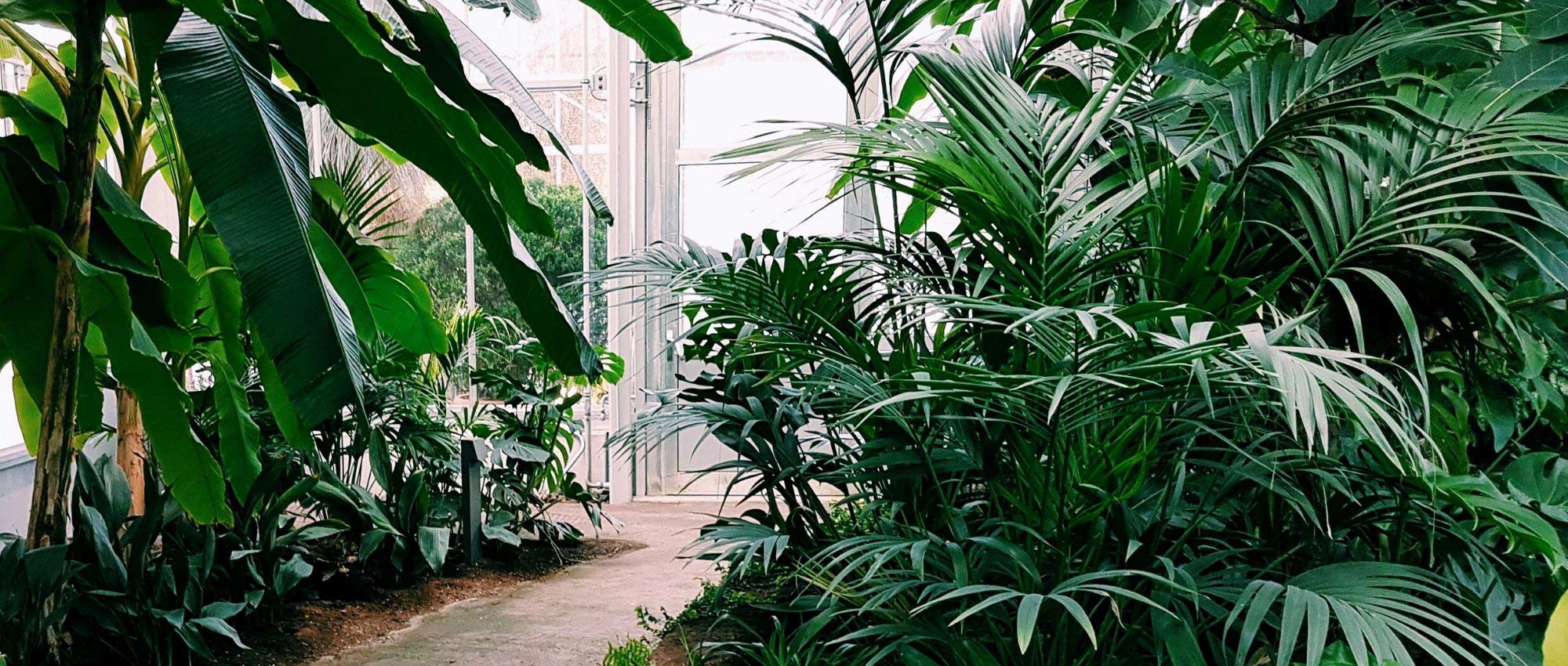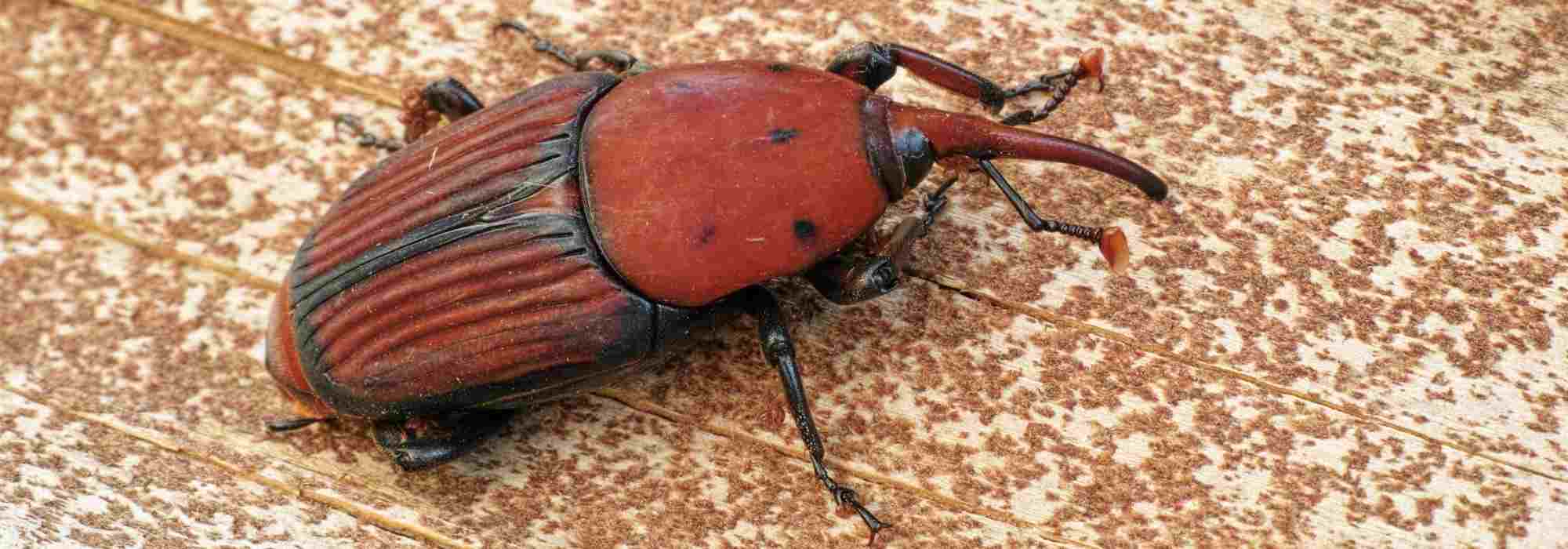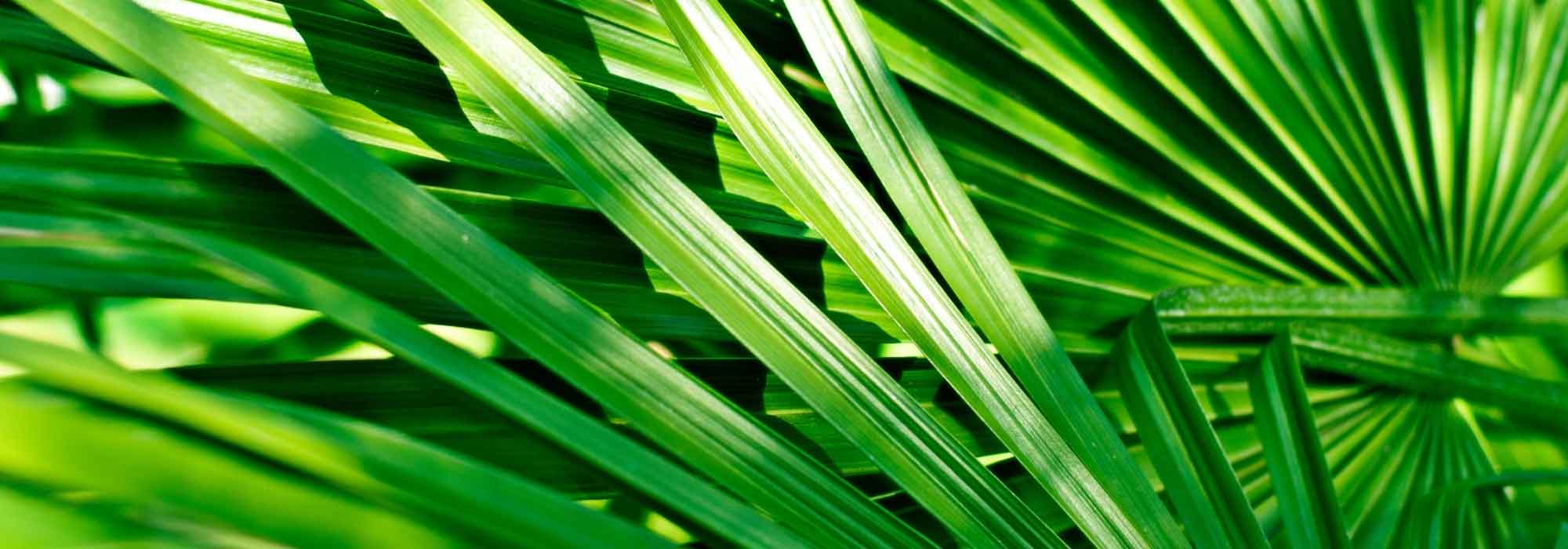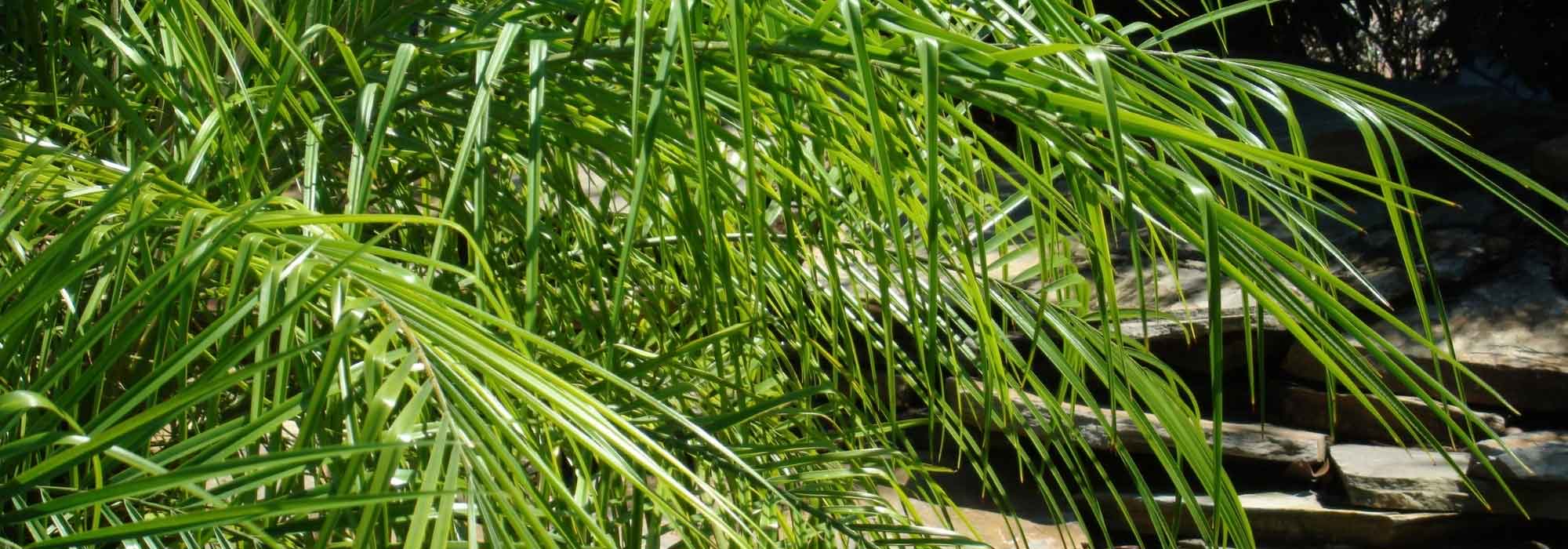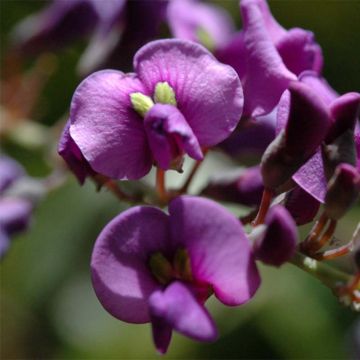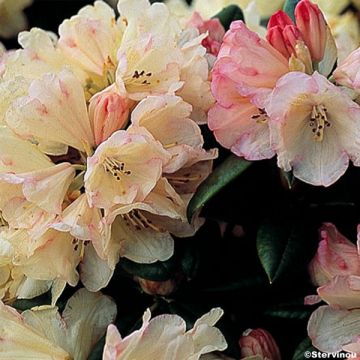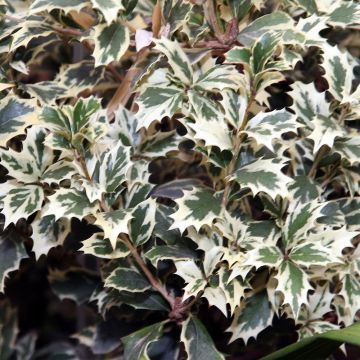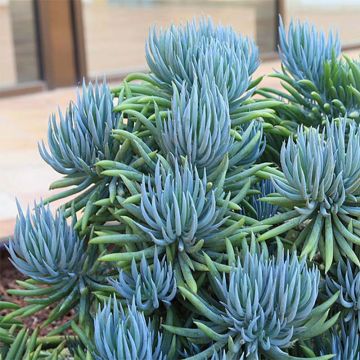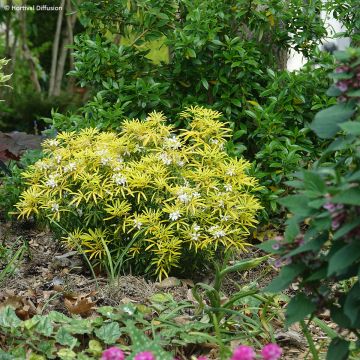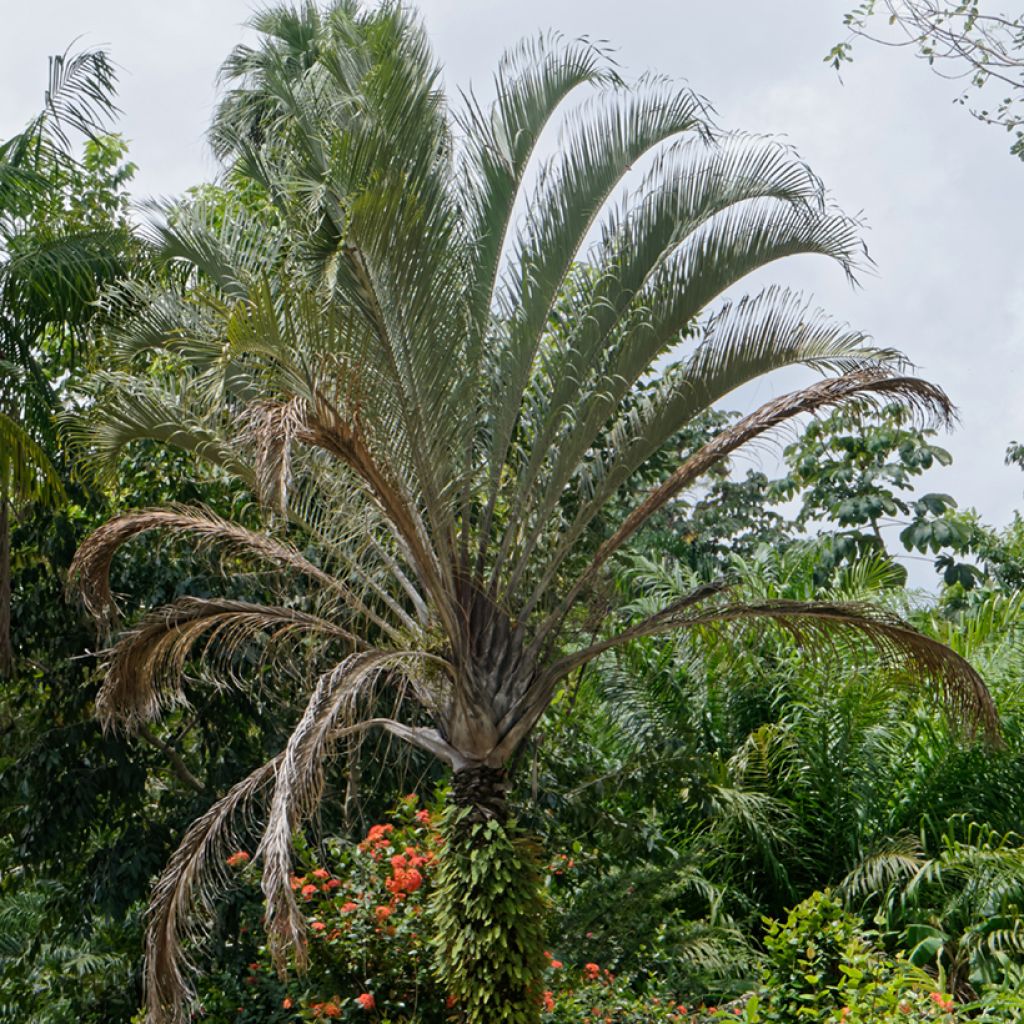

Dypsis decaryi - Triangle palm
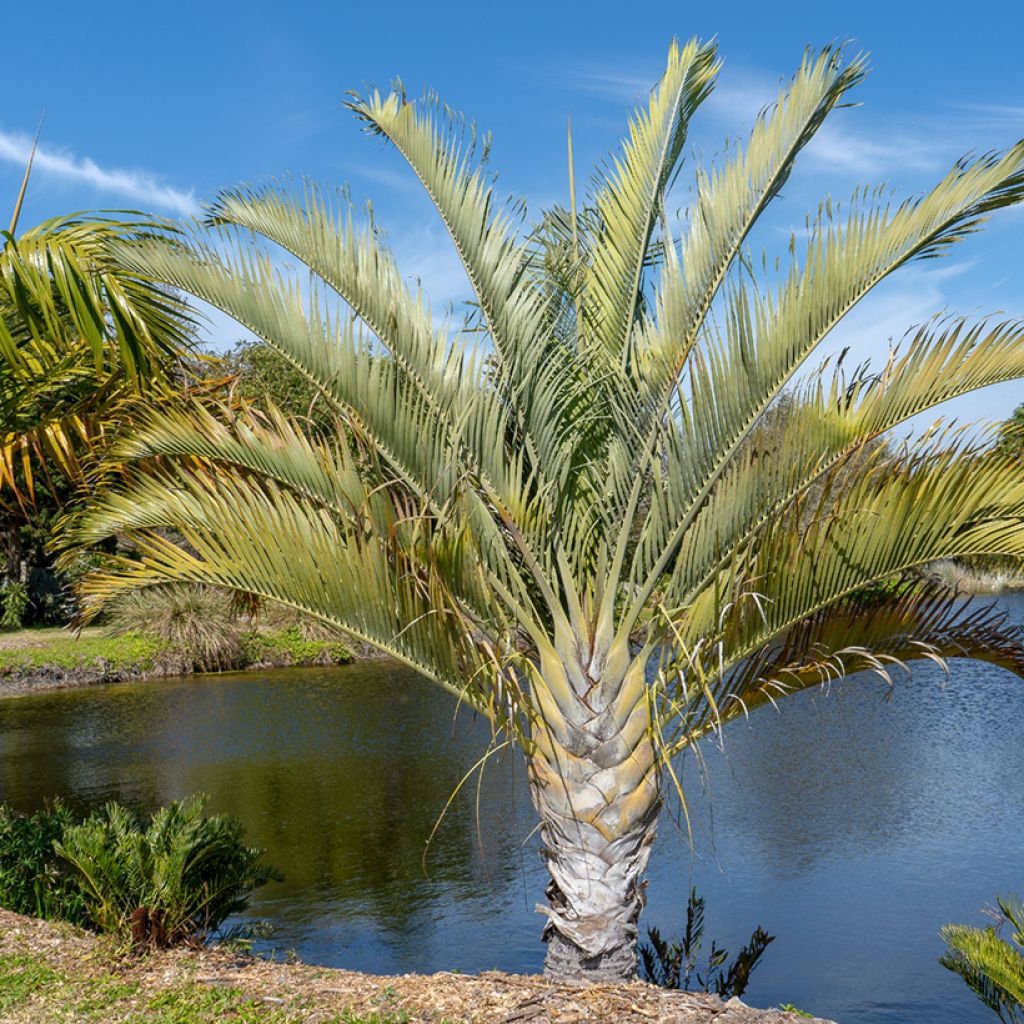

Dypsis decaryi - Triangle palm
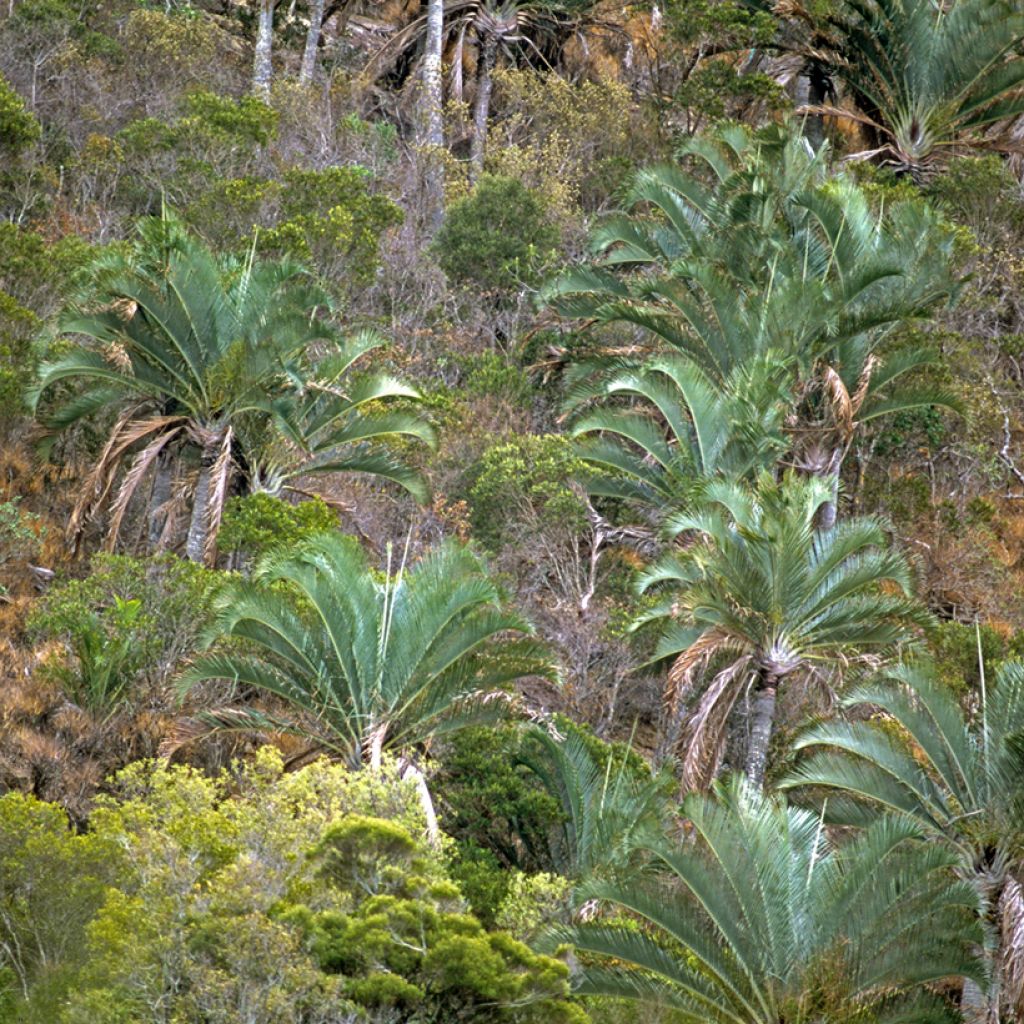

Dypsis decaryi - Triangle palm
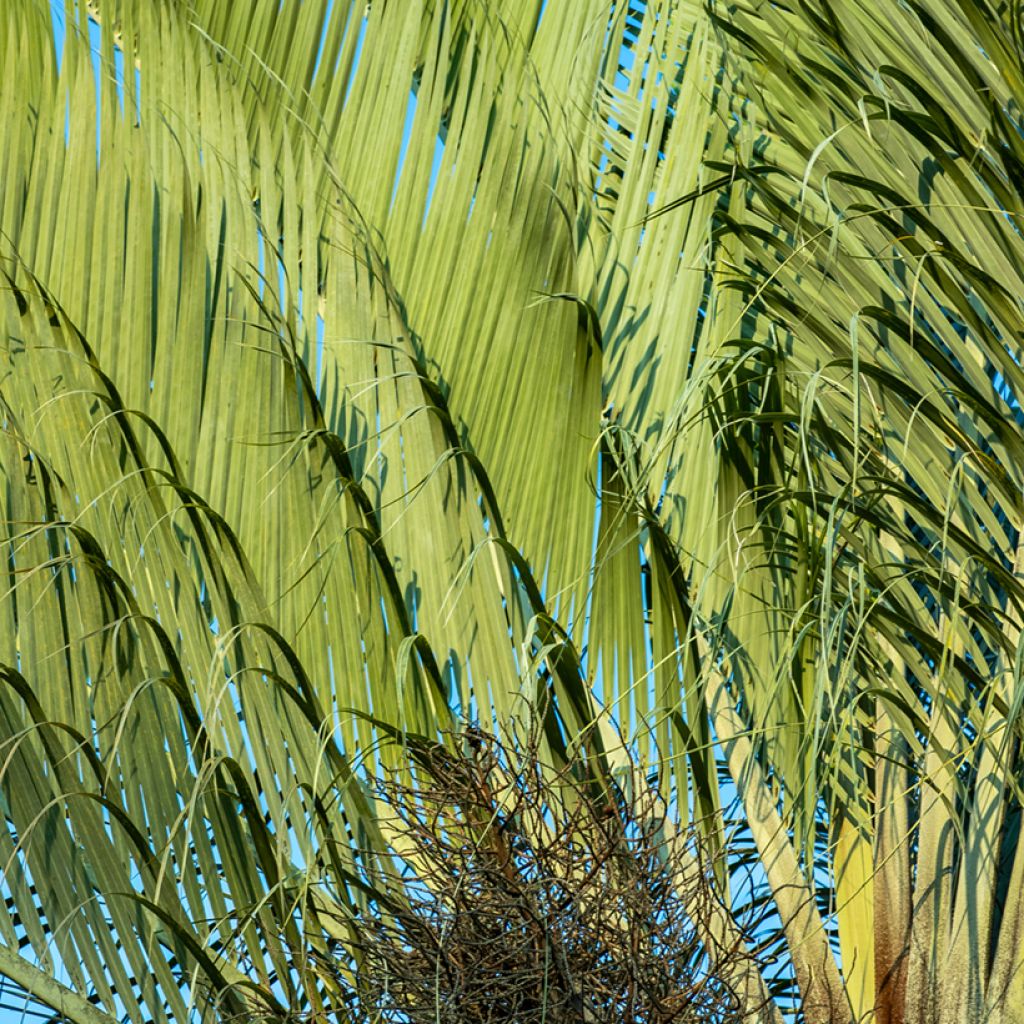

Dypsis decaryi - Triangle palm
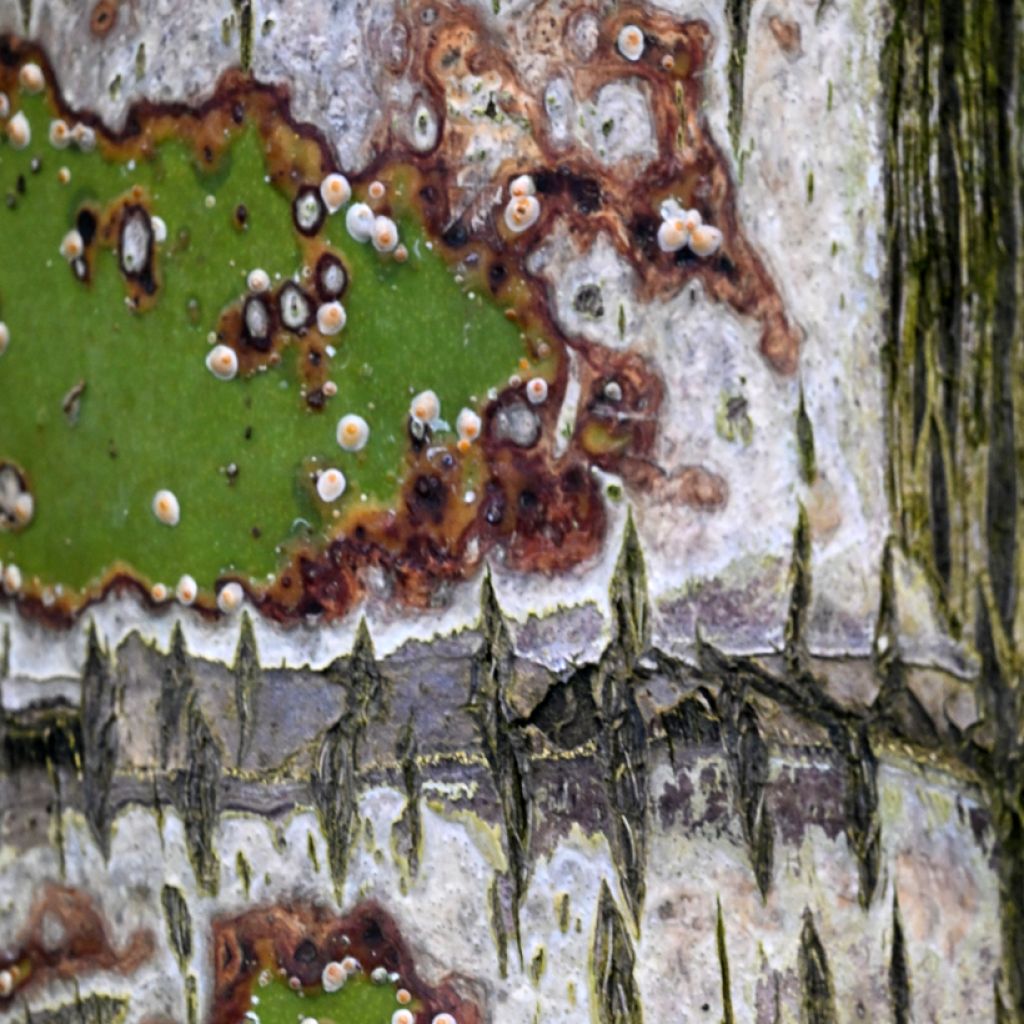

Dypsis decaryi - Triangle palm
Dypsis decaryi - Triangle palm
Dypsis decaryi
Triangle palm
Special offer!
Receive a €20 voucher for any order over €90 (excluding delivery costs, credit notes, and plastic-free options)!
1- Add your favorite plants to your cart.
2- Once you have reached €90, confirm your order (you can even choose the delivery date!).
3- As soon as your order is shipped, you will receive an email containing your voucher code, valid for 3 months (90 days).
Your voucher is unique and can only be used once, for any order with a minimum value of €20, excluding delivery costs.
Can be combined with other current offers, non-divisible and non-refundable.
In stock substitutable products for Dypsis decaryi - Triangle palm
View All →This plant benefits a 24 months rooting warranty
More information
We guarantee the quality of our plants for a full growing cycle, and will replace at our expense any plant that fails to recover under normal climatic and planting conditions.
Does this plant fit my garden?
Set up your Plantfit profile →
Description of Dypsis decaryi - Triangle palm
Dypsis decaryi owes its common name, the Triangle Palm, to the near-perfect geometric arrangement of its leaves, which overlap along three axes. Probably one of the most beautiful palms in the world, its irresistibly striking silhouette is instantly recognisable: its fronds, divided into numerous leaflets, are gracefully arched, forming a magnificent, highly regular fan. Frost-tender and heat-demanding, this stunning plant can realistically only be grown in containers in most regions, to be overwintered in a frost-free, well-lit space.
Dypsis is a member of the Arecaceae family (better known by its former name, Palmae), which includes no fewer than 2,500 species spread across several continents in tropical, subtropical, or warm temperate conditions. There are approximately 144 species of Dypsis, naturally distributed in Tanzania, the Comoros, and Madagascar, and very rarely in France, except perhaps Dypsis plumosa. The species Dypsis decaryi is native to the far south of Madagascar, where the climate is relatively dry tropical, with a wet season in summer, i.e., December-January. It is found in dry to semi-arid forests, as well as in rocky scrublands, at altitudes ranging mainly from 80 to 600 m. Locally known as "laafa", it is unfortunately threatened with extinction in its native habitat due to deforestation and human exploitation, with the remaining natural population estimated at just a thousand individuals. This situation contrasts with its abundance in parks and gardens elsewhere in the world, where its unique appearance is particularly appreciated. In Europe, it can grow in the ground in southern Spain, but its growth there is very slow.
Under ideal conditions, Dypsis decaryi is a fast-growing species that typically forms specimens 6-8 m tall with an almost supernatural geometric perfection, but older specimens (it can live up to 200 years) have developed stipes (false trunks) up to 8 or 10 m tall. The grey stipe has a diameter of between 30 and 50 cm and supports a crown of leaves measuring up to 4.50 m in diameter. Being monoecious, this palm produces inflorescences up to 120 cm long, containing both male and female flowers, which yield large, 1.5 cm diameter fruits, each housing a single seed.
What makes Dypsis decaryi so valuable from an ornamental perspective is the highly original arrangement of its leaves. The foliage of this trihedral palm is oriented along three axes, spaced 120° apart, with the pinnate leaves each inserting at their base into the previous one, thus being perfectly aligned. The leaf blades are finely divided into numerous narrow leaflets (100 to 190), arranged in a V-shape upwards. Measuring around 2.50 m long, the leaves at the centre rise almost vertically, with the subsequent ones becoming increasingly oblique, so that the crown takes on an extremely regular and symmetrical fan-like appearance from any viewing angle. The greyish-green colour of the foliage is also captivating, with some specimens even displaying a bluish-grey hue in the tropics. Another remarkable feature of this species is the presence of long, thread-like filaments hanging from the lower leaflets... During its early years, this palm has a triangular base, formed by the remnants of old, shed leaves, but gradually the relatively massive stipe emerges from the soil and lifts the crown into the air.
Dypsis decaryi is an exceptional palm that must be grown in containers in our latitudes and can spend the warmer months outdoors. It will be perfect in a contemporary setting or for creating an exotic atmosphere. Pair it with other equally striking plants to ensure it doesn't steal the show and overshadow everything around it. The evocatively named Beaucarnea recurvata, or Elephant's Foot, will have enough personality to hold its own, with its swollen base, fissured grey bark, and stems topped with a dense tuft of filamentous leaves. Agaves, with their rosettes of leaves that also flirt with geometric perfection and come in green, grey, or blue depending on the species, will also make excellent companions.
Dypsis decaryi - Triangle palm in pictures
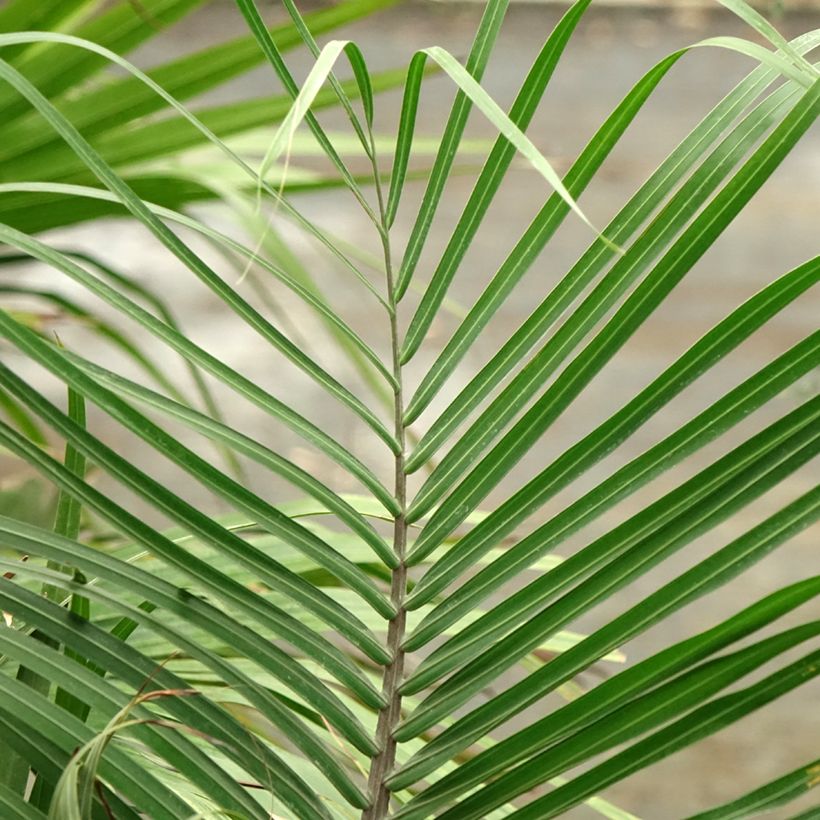

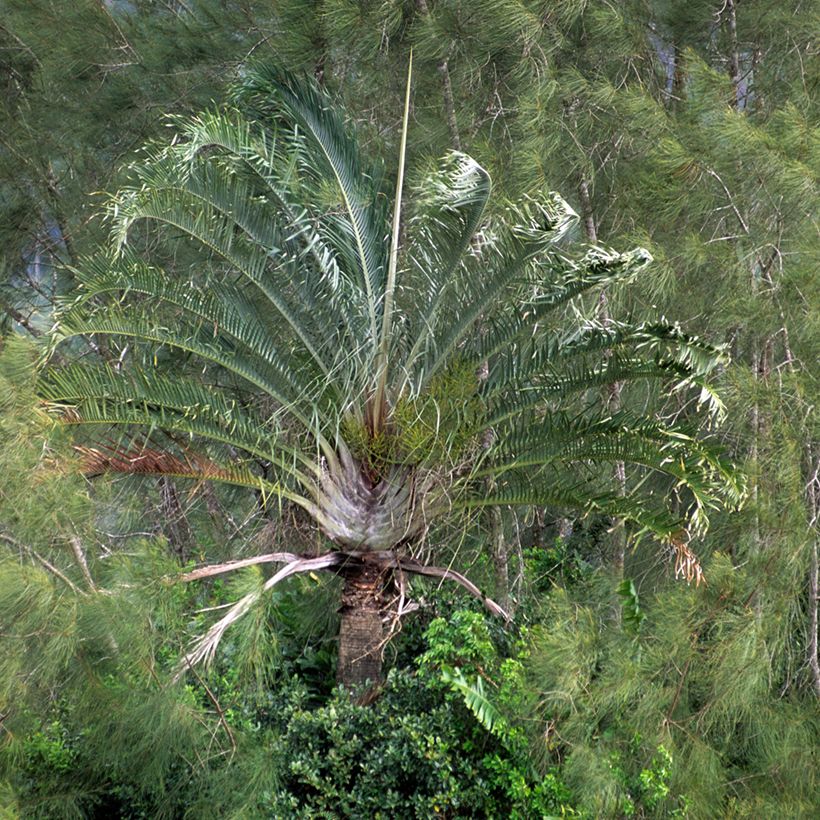

Plant habit
Flowering
Foliage
Botanical data
Dypsis
decaryi
Arecaceae
Triangle palm
Neodypsis decaryi
Madagascar
Other Palm trees A to Z
View All →Planting of Dypsis decaryi - Triangle palm
The Dypsis decaryi palm exhibits moderate growth if it is not warm enough or lacks sufficient light. In Europe, it can be found planted in the ground in southern Spain, where its growth is slow. Well-established specimens can withstand brief frosts of around -2°C, but planting it in the ground is not recommended elsewhere.
Container cultivation:
Choose a large pot or container with drainage holes, with a capacity of 40 litres. Prepare a mixture composed of 50% loam, 25% compost or humus, and 25% sand. Mix thoroughly. Partially fill your container, ensuring you place a drainage layer at the bottom (clay pebbles, gravel, broken terracotta pots, etc.). Position your palm on the mixture so that the collar (the area where the roots originate) is level with the pot's rim, neither protruding nor buried too deeply in the substrate. Add the remaining mixture around the root ball, pressing it down firmly. Water in stages to thoroughly saturate the substrate and remove air pockets. Place your palm in a very bright location, avoiding harsh direct sunlight. Outdoors, position it in partial shade. After two weeks in partial shade, you can gradually expose it to full sun.
When to plant?
Where to plant?
Care
Planting & care advice
This item has not been reviewed yet; be the first to leave your review about it.
Similar products
You have not found what you were looking for?
Hardiness (definition)

Photo Sharing Terms & Conditions
In order to encourage gardeners to interact and share their experiences, Promesse de fleurs offers various media enabling content to be uploaded onto its Site - in particular via the ‘Photo sharing’ module.
The User agrees to refrain from:
- Posting any content that is illegal, prejudicial, insulting, racist, inciteful to hatred, revisionist, contrary to public decency, that infringes on privacy or on the privacy rights of third parties, in particular the publicity rights of persons and goods, intellectual property rights, or the right to privacy.
- Submitting content on behalf of a third party;
- Impersonate the identity of a third party and/or publish any personal information about a third party;
In general, the User undertakes to refrain from any unethical behaviour.
All Content (in particular text, comments, files, images, photos, videos, creative works, etc.), which may be subject to property or intellectual property rights, image or other private rights, shall remain the property of the User, subject to the limited rights granted by the terms of the licence granted by Promesse de fleurs as stated below. Users are at liberty to publish or not to publish such Content on the Site, notably via the ‘Photo Sharing’ facility, and accept that this Content shall be made public and freely accessible, notably on the Internet.
Users further acknowledge, undertake to have ,and guarantee that they hold all necessary rights and permissions to publish such material on the Site, in particular with regard to the legislation in force pertaining to any privacy, property, intellectual property, image, or contractual rights, or rights of any other nature. By publishing such Content on the Site, Users acknowledge accepting full liability as publishers of the Content within the meaning of the law, and grant Promesse de fleurs, free of charge, an inclusive, worldwide licence for the said Content for the entire duration of its publication, including all reproduction, representation, up/downloading, displaying, performing, transmission, and storage rights.
Users also grant permission for their name to be linked to the Content and accept that this link may not always be made available.
By engaging in posting material, Users consent to their Content becoming automatically accessible on the Internet, in particular on other sites and/or blogs and/or web pages of the Promesse de fleurs site, including in particular social pages and the Promesse de fleurs catalogue.
Users may secure the removal of entrusted content free of charge by issuing a simple request via our contact form.
The flowering period indicated on our website applies to countries and regions located in USDA zone 8 (France, the United Kingdom, Ireland, the Netherlands, etc.)
It will vary according to where you live:
- In zones 9 to 10 (Italy, Spain, Greece, etc.), flowering will occur about 2 to 4 weeks earlier.
- In zones 6 to 7 (Germany, Poland, Slovenia, and lower mountainous regions), flowering will be delayed by 2 to 3 weeks.
- In zone 5 (Central Europe, Scandinavia), blooming will be delayed by 3 to 5 weeks.
In temperate climates, pruning of spring-flowering shrubs (forsythia, spireas, etc.) should be done just after flowering.
Pruning of summer-flowering shrubs (Indian Lilac, Perovskia, etc.) can be done in winter or spring.
In cold regions as well as with frost-sensitive plants, avoid pruning too early when severe frosts may still occur.
The planting period indicated on our website applies to countries and regions located in USDA zone 8 (France, United Kingdom, Ireland, Netherlands).
It will vary according to where you live:
- In Mediterranean zones (Marseille, Madrid, Milan, etc.), autumn and winter are the best planting periods.
- In continental zones (Strasbourg, Munich, Vienna, etc.), delay planting by 2 to 3 weeks in spring and bring it forward by 2 to 4 weeks in autumn.
- In mountainous regions (the Alps, Pyrenees, Carpathians, etc.), it is best to plant in late spring (May-June) or late summer (August-September).
The harvesting period indicated on our website applies to countries and regions in USDA zone 8 (France, England, Ireland, the Netherlands).
In colder areas (Scandinavia, Poland, Austria...) fruit and vegetable harvests are likely to be delayed by 3-4 weeks.
In warmer areas (Italy, Spain, Greece, etc.), harvesting will probably take place earlier, depending on weather conditions.
The sowing periods indicated on our website apply to countries and regions within USDA Zone 8 (France, UK, Ireland, Netherlands).
In colder areas (Scandinavia, Poland, Austria...), delay any outdoor sowing by 3-4 weeks, or sow under glass.
In warmer climes (Italy, Spain, Greece, etc.), bring outdoor sowing forward by a few weeks.






























